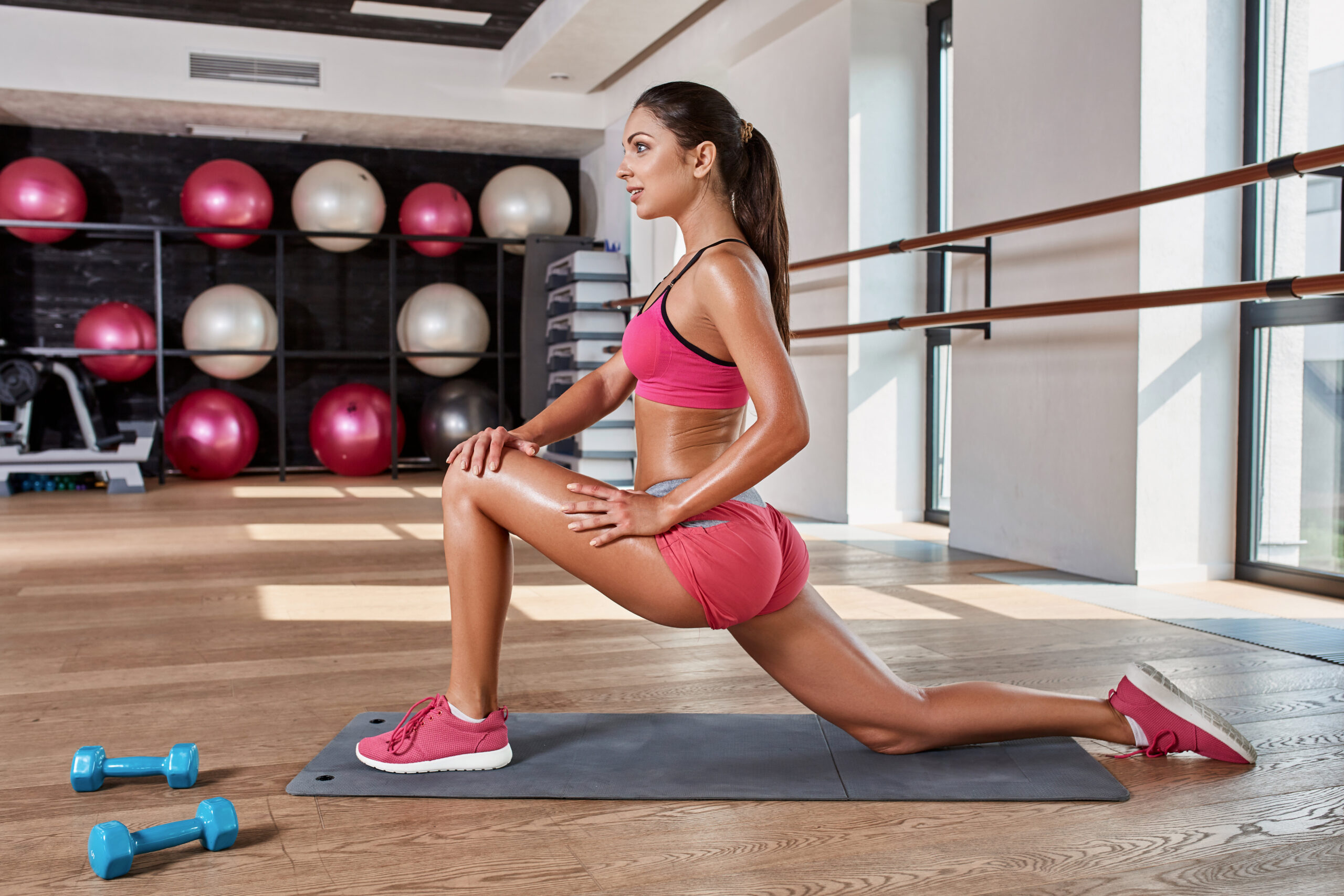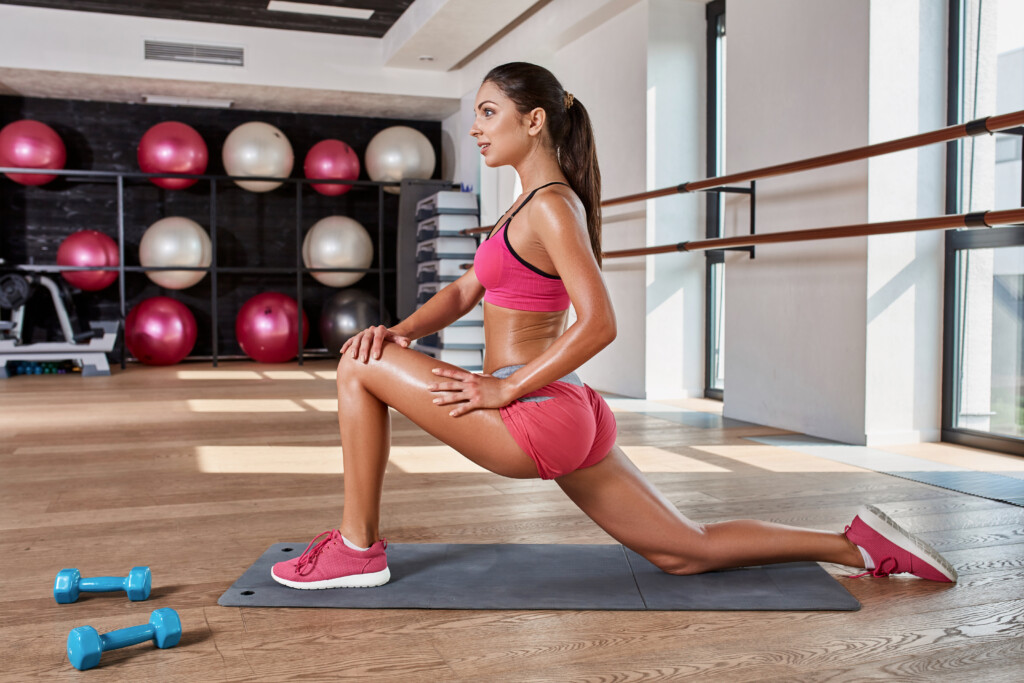
Looking for a better way to build leg muscle but you’re tired of running on the treadmill? In that case, you may want to consider trying Pilates.
Practicing Pilates exercises will tone leg muscles by working the obliques, glutes, and other muscles. Pilates has become one of the most popular forms of exercise in gyms and homes across the U.S. and is known for improving both flexibility and tone of many muscles groups.
Now the question is, how can pilates help, and where should I start? Take a look below for a guide on this type of exercise and how it can help you get that leg tone you’ve always wanted!
What Is Pilates?
When first envisioning “Pilates”, one might think of yoga pants, meditation, and/or humming in unison, but the exercise has proven itself to be much more than that.
Pilates Then
This form of exercise was created by Joseph Pilates back in the 1920s. He was a personal trainer who wanted to help with rehabilitation services. Although it was originally designed to be a pain reliever, Pilates (the guy, not the exercise), made it possible for dancers, soldiers, performers, and people of all types to improve their bodies while also finding alleviation from aches and pains.
Pilates Now
Still used as a release from discomfort, Pilates (now the exercise, and not the guy), has helped people from all walks of life find realignment and improvement in both their physical and mental health. Now known as a physical fitness program, Pilates is designed to enhance one’s strength, posture, flexibility, and awareness.
Toning vs. Bulking
So, now we know that Pilates helps alleviate physical pain and strengthen the body, but you still might be asking “how” and “how much?”
Because it is meant to be somewhere between yoga and kick-boxing on the physical fitness intensity spectrum, Pilates is as rigorous as it can be relaxing. You can get an “easy” workout while still working up a sweat, but don’t be fooled because you will still be sore the next morning. (You’ve been warned).
But most people question what Pilates is really good for. Muscle mass, body sculpting, or both? Or is it more a tension reliever? Honestly, Pilates is used for both toning the body and reducing stress.
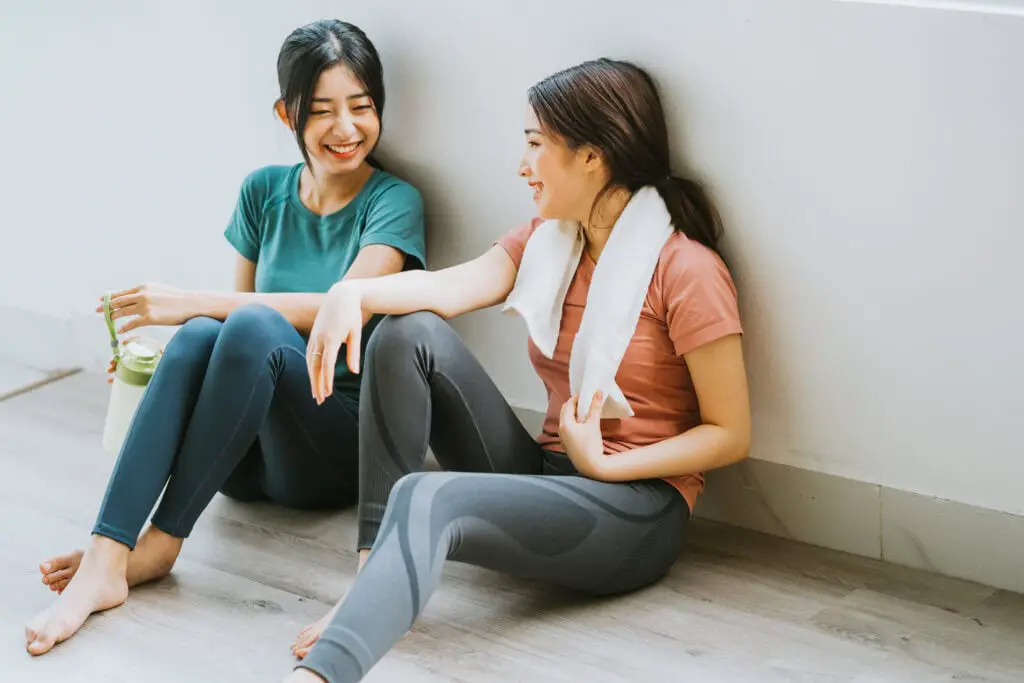
Tone vs. Bulk
To get the definitions out of the way:
Toning is centered on making one appear more “sculpted”, by tightening and shaping the muscles on a given body. Bulking, on the other hand, focuses more on building up muscle mass to make one appear more “brawny” and muscle-bound.
So, with these interpretations in mind, Pilates (which uses breathing and yoga-like techniques) tends to lean more toward toning and shaping rather than increasing bulk.
Types
Just like other kinds of exercises, Pilates has its many forms. Some forms include Mat Pilates, Contemporary, and even something called Group Reformers Pilates.
As suggested by the name, Mat Pilates requires little equipment (just a floor and a mat) and focuses mainly on increasing and stabilizing core strength.
Contemporary Pilates is similar. However, the big difference is that it serves as a combination class, (taking moves from Pilates as well as yoga). This type usually requires a bit more equipment like yoga balls and foam rollers and is the kind of Pilates you see happening in gyms.
The last type, Group Reformers, is called such because it requires a machine named the Reformer. It’s a full-body workout and focuses on increasing body flow and balance through a number of exercises performed on the Reformer machine.
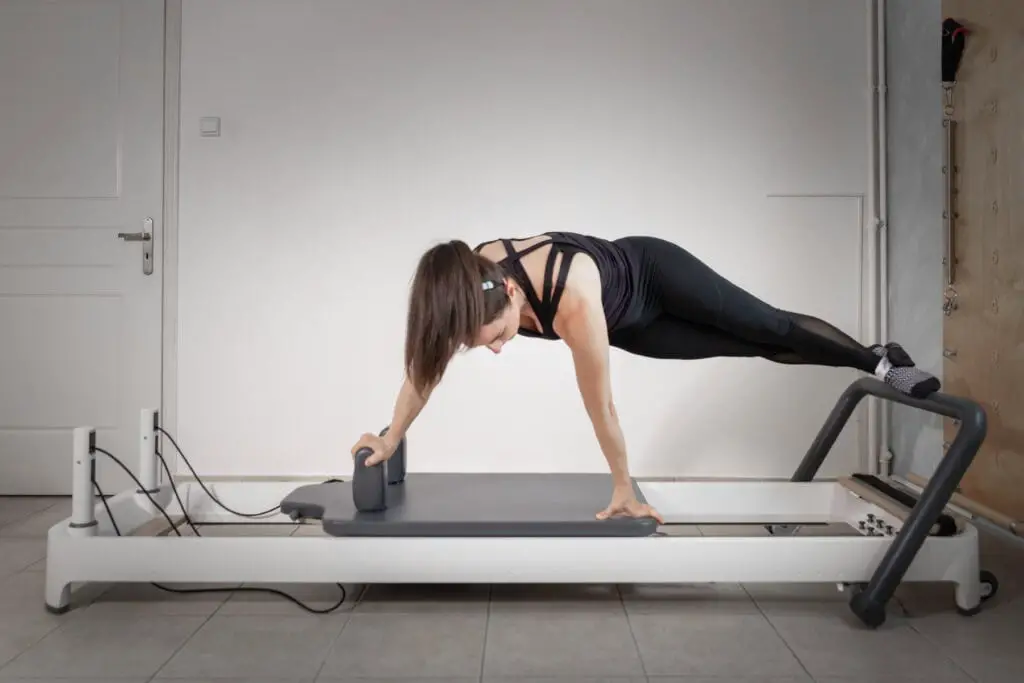
So, sign up for a class or do-it-yourself at home, Pilates is as simple or complex, as you need it to be.
Specific Exercises
To get down to the nitty-gritty, what movements are best? Well it all depends on what areas you’re looking to tone! You may want to start with your legs, but you shouldn’t skip out on arm-day as well. Toning your entire body will not only look great, but it will also keep your entire body healthy and strong.
Legs
- Basic Bridge
- Laying on your back with your knees bent in tabletop position, place your feet flat on the floor and gently lift your pelvis toward the ceiling. Hold this position until you begin to feel a slight burn.
- Single-Leg Bridge w/ Toe Taps
- Laying on your back with your knees bent in tabletop position, place your feet flat on the floor and gently lift your pelvis toward the ceiling. Whilst in the position, lifting one leg at a time, tap a toe on the floor before returning to tabletop position.
- Leg Circles
- Laying on your side with your legs slightly bent, lift one leg at a time, straightening it out 45 degrees in front of you. Following this, lift the same leg toward the ceiling before returning the said leg to a bent position. (It should be a circular motion.)
Back
- Supine Spine Twist
- Laying on your back with your legs in tabletop position, put your arms in T position, having your palms face the ceiling. With knees bent, gently raise your legs and rotate from one side to the other, putting pressure on your core to relieve your lower back.
- Side Bend
- Sitting sideways with one arm out to support your weight, lift your body away from the floor, and use your other arm to stretch toward your head.
- Basic Back Extension
- With a washcloth or towel rolled up to cushion your forehead, lay on your stomach. After making sure your arms are to your sides, gently lift your torso toward the ceiling and feel the stretch.
Posture
- Rolling Ball
- Sitting on the floor, press your bent legs into your chest. Hold your legs to your chest by crossing your arms around your knees. Then, gently roll back and forth on the floor in this position.
Benefits of Pilates
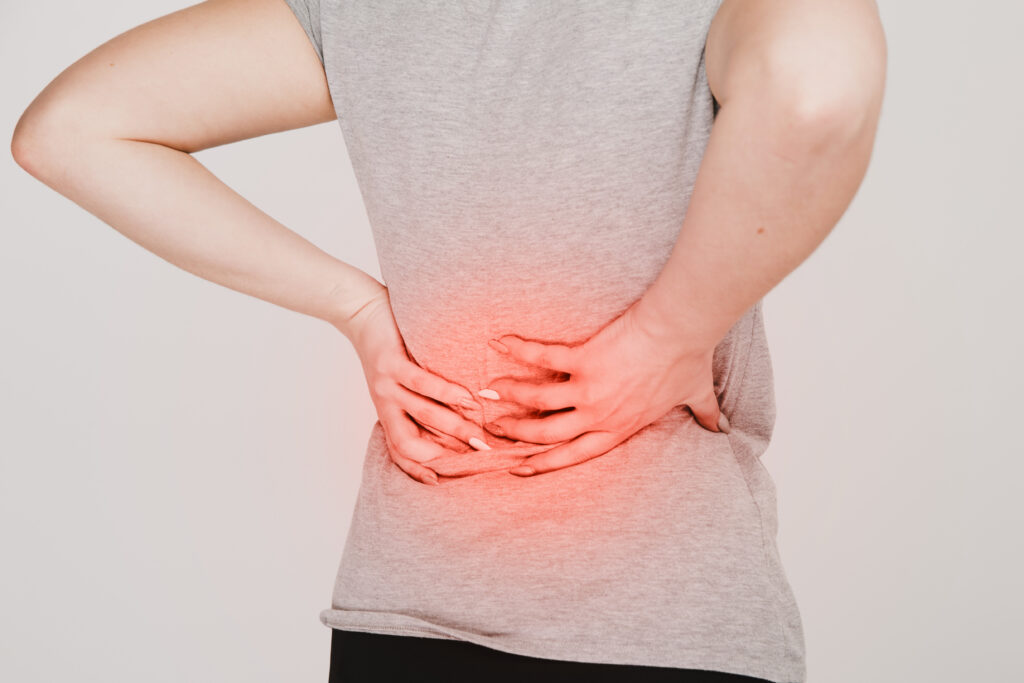
These exercises and more are not only user-friendly and rehabilitating, but they can be done anywhere and without any crazy expensive equipment. You don’t need the gym—only a flat piece of floor!
There are even more benefits that Pilates has to offer than just toning your legs:
Pilates increases:
- Stability
- Postural Alignment
- Flexibility
- Support
- Tone/Sculpting
- Mental Health
Pilates decreases:
- Lower Back Pain
- Knee Injury Pain
- Arthritic Growth/Pain
So, though Pilates should not be looked at as a replacement for cardio (Pilates is in no way cardio), this form of exertion can open up chakras, tighten muscles, and enhance muscle shaping. The best part is, you can even start to see results as soon as 2-3 weeks after you start. Your legs should be toned in no time!

